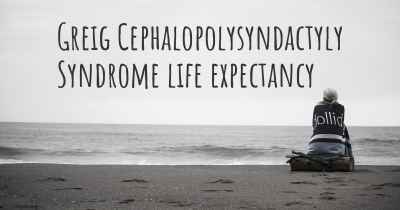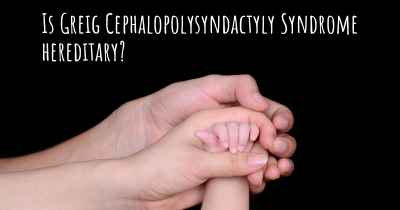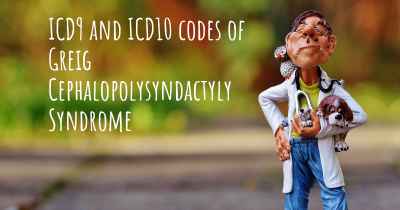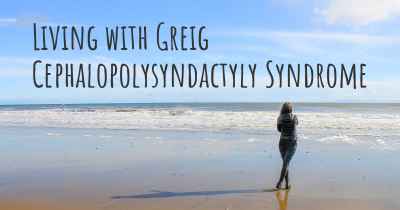What are the best treatments for Greig Cephalopolysyndactyly Syndrome?
See the best treatments for Greig Cephalopolysyndactyly Syndrome here
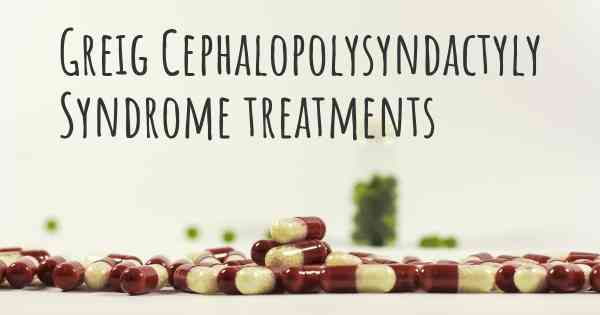
Greig Cephalopolysyndactyly Syndrome (GCPS) is a rare genetic disorder characterized by a combination of craniofacial abnormalities, polydactyly (extra fingers or toes), and syndactyly (fusion of fingers or toes). It is caused by mutations in the GLI3 gene, which plays a crucial role in embryonic development.
As GCPS is a genetic disorder, there is currently no cure for it. However, there are various treatments and interventions available to manage the symptoms and improve the quality of life for individuals with GCPS.
Craniofacial abnormalities: The craniofacial abnormalities associated with GCPS can vary widely in severity. Treatment options may include:
- Surgical interventions: Depending on the specific abnormalities present, surgical procedures may be performed to correct craniofacial deformities. These procedures are typically tailored to the individual's needs and may involve cranial vault remodeling, facial bone reconstruction, or correction of cleft lip and palate.
- Orthodontic treatment: Orthodontic interventions, such as braces or palatal expanders, may be recommended to address dental and jaw alignment issues.
- Hearing aids: Some individuals with GCPS may experience hearing loss due to abnormalities in the middle ear. Hearing aids can help improve hearing and communication abilities.
Polydactyly and syndactyly: The extra fingers or toes (polydactyly) and fused fingers or toes (syndactyly) commonly seen in GCPS can be managed through:
- Surgical interventions: Surgical procedures can be performed to remove extra digits or separate fused digits. The timing and extent of surgery depend on the individual's specific hand or foot abnormalities.
- Occupational and physical therapy: These therapies can help individuals with GCPS develop fine motor skills and improve hand and foot function.
Developmental and educational support: Individuals with GCPS may benefit from early intervention programs, special education services, and therapies tailored to their specific needs. These can include speech therapy, physical therapy, and occupational therapy to address developmental delays and promote optimal growth and development.
Psychosocial support: Living with a rare genetic disorder like GCPS can present unique challenges. It is important for individuals and their families to have access to psychosocial support, such as counseling or support groups, to cope with the emotional and psychological aspects of the condition.
It is crucial for individuals with GCPS to receive comprehensive and multidisciplinary care from a team of healthcare professionals, including geneticists, craniofacial surgeons, orthopedic surgeons, audiologists, therapists, and educators. Regular follow-up appointments and ongoing monitoring are essential to address any emerging issues and provide appropriate interventions.
Posted Oct 18, 2018 by Alexzander 3000
